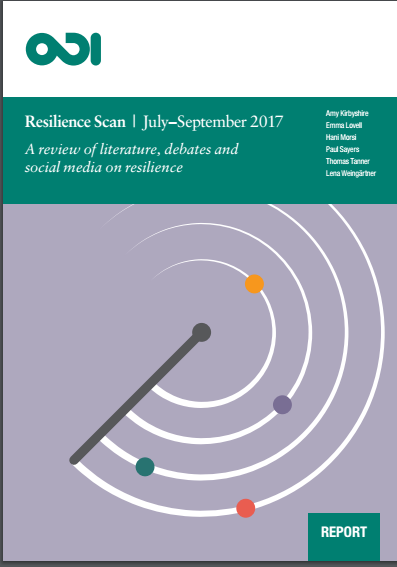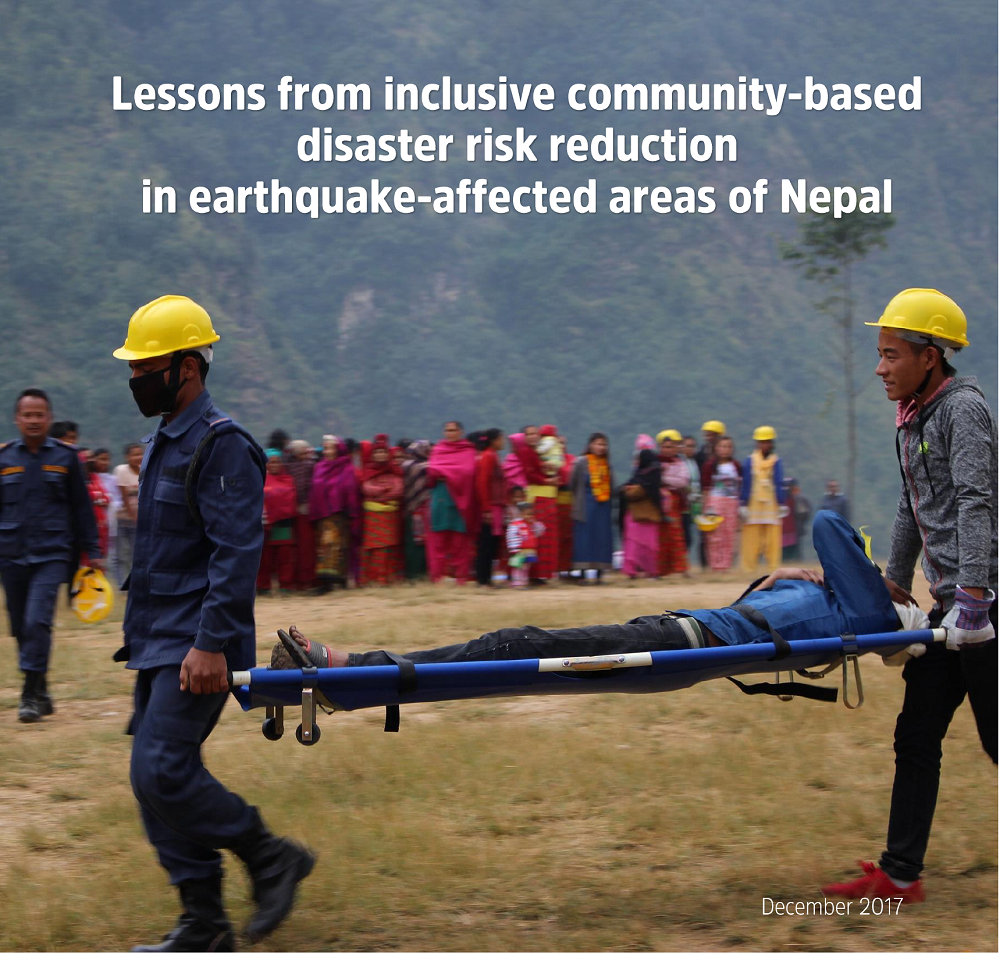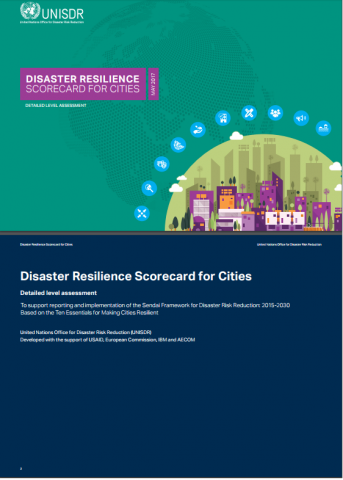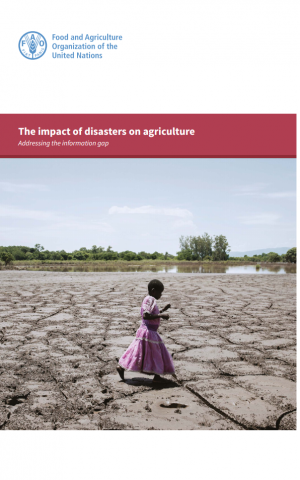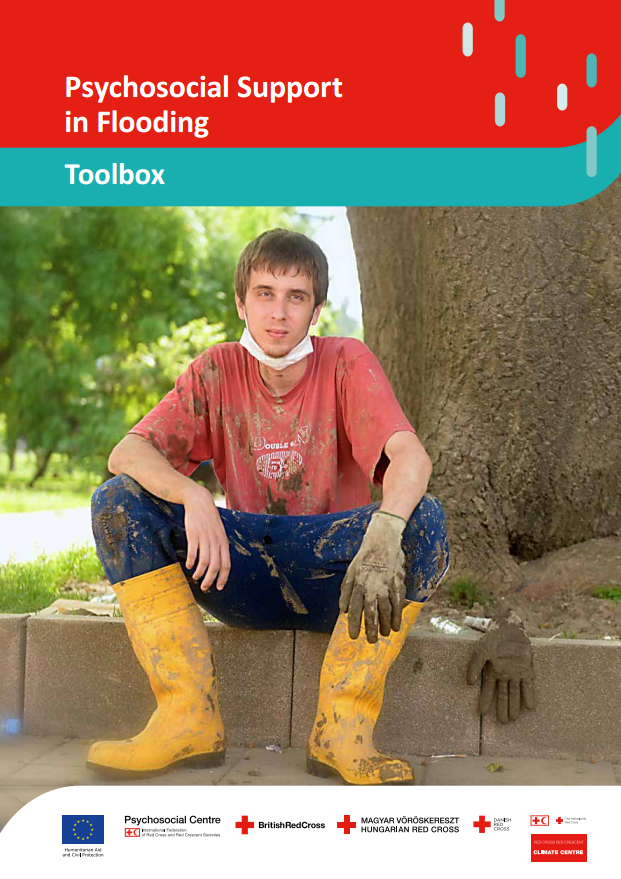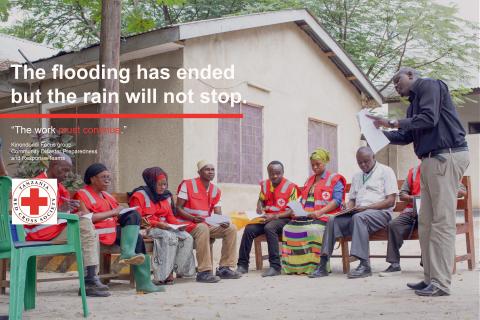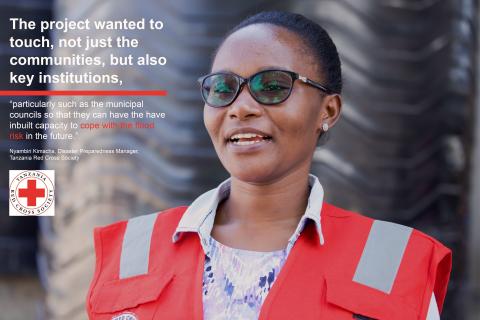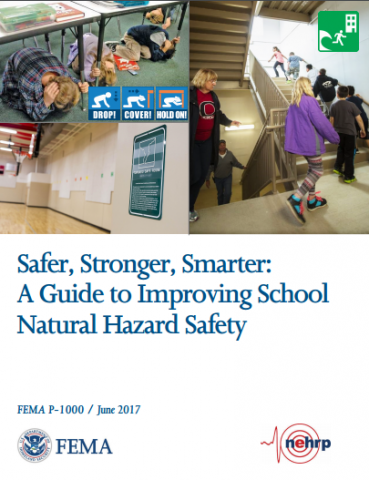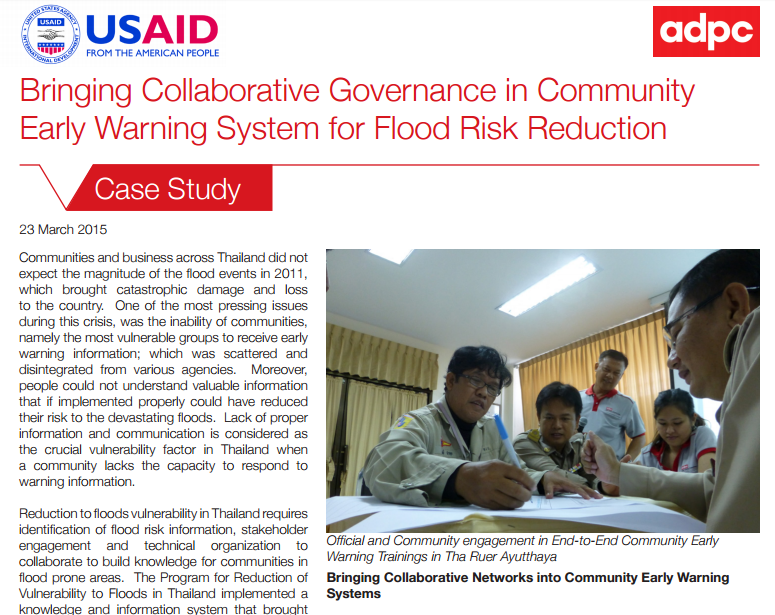Resilience Scan July – September 2017
Resilience: rising to the challenge in coastal regions Coastal areas offer unique opportunities and challenges. The dynamics of the physical processes (from the daily tides to the ever-changing morphology) form the backdrop to some of the world’s most productive and valuable habitats and give rise to distinctive coastal economies and cultures. But they are under […]
Resilience Scan July – September 2017 Read More »

